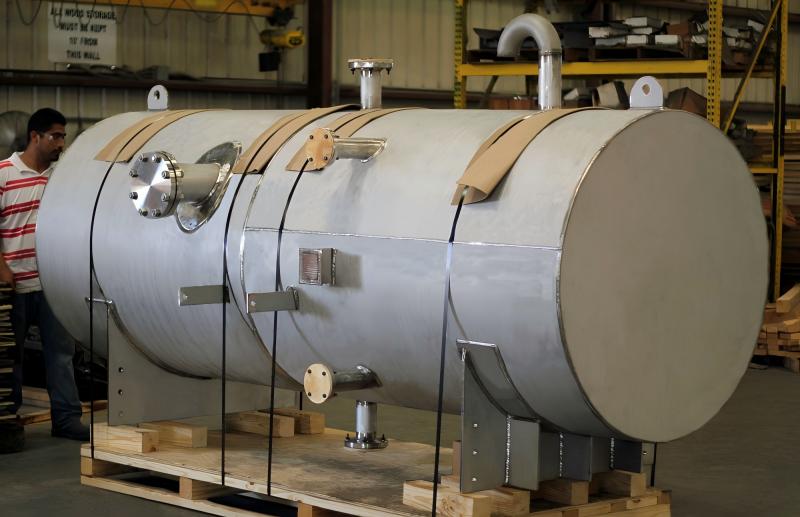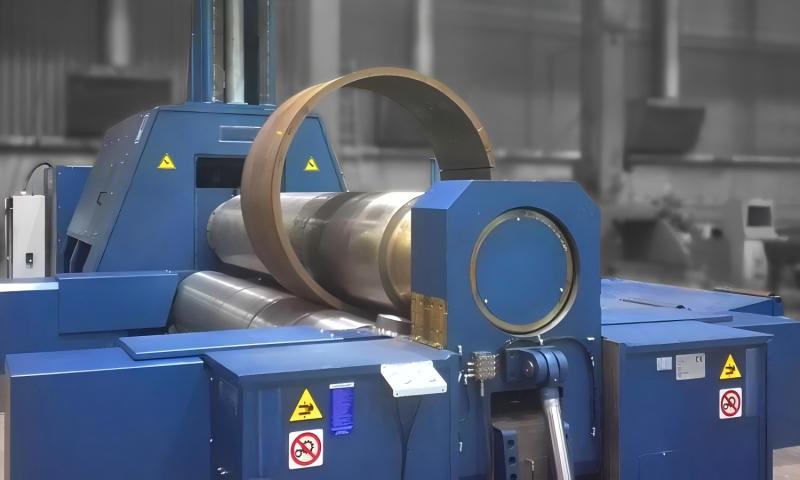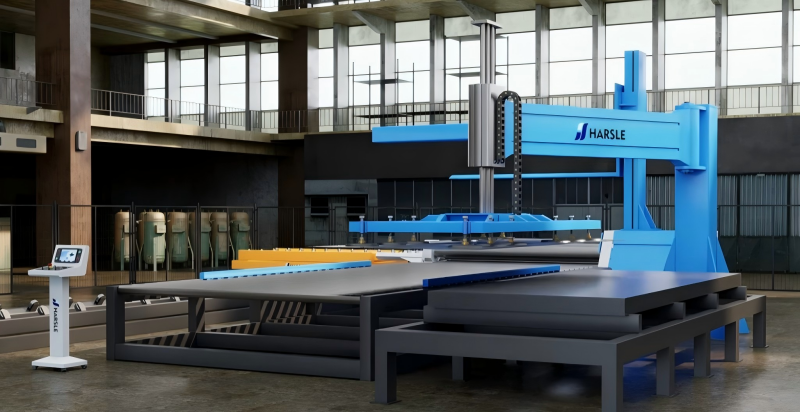Documentation Hub
Comprehensive technical manuals and guides to help you master HARSLE machines and optimize your metalworking efficiency
How to Follow the Latest Application Trends in Rolling Machines?
- Rolling Machines in Modern Metal Fabrication
- Industry-Specific Applications for Rolling Machines
- Technological Advancements in Rolling Machines
- FAQs
- What industries are currently driving the demand for rolling machines?
- How does CNC improve rolling machine performance?
- Can rolling machines handle high-strength or non-ferrous materials?
- What is the difference between 3-roll and 4-roll rolling machines in terms of applications?
- Are rolling machines suitable for integration into Industry 4.0 environments?
- Conclusion
Application Trends in Rolling Machines are increasingly defined by three major forces: adaptability, automation, and material versatility. As fabricators worldwide search for more efficient ways to shape metal into cylinders, cones, and complex curves, the demand for smarter rolling solutions continues to rise. If you’re exploring how this market is evolving, you’re in good company. In this article, I’ll break down the key industry drivers, emerging technologies, and the sectors pushing innovation forward. Whether you’re preparing to invest in new equipment or fine-tuning your production line, this guide will give you a clear edge in understanding where the rolling machine market is heading.
Rolling Machines in Modern Metal Fabrication
Increased Demand from Renewable Energy Sectors

One of the strongest application trends in rolling machines is the growing demand from wind, solar, and hydro sectors. As renewable infrastructure expands globally, the need for large-diameter rolled components—such as wind tower sections and pressure vessels—has surged. Modern 4-roll and variable-geometry rolling machines are now being engineered to handle thicker plates and wider working widths while maintaining high forming accuracy.
Growth in Custom Fabrication and Job Shops
Job shops and small fabrication businesses are increasingly investing in rolling machines that offer quick setup, flexible control systems, and the ability to process a range of materials. CNC integration allows operators to switch between jobs with minimal downtime. Whether it’s forming artistic curves in architectural panels or manufacturing small-diameter pipes, versatility is key.
Integration with Smart Manufacturing
Rolling machines are also being integrated into smart factory environments. Features like remote monitoring, data logging, and automatic correction systems are allowing fabricators to reduce errors, improve traceability, and optimize material usage. Machines equipped with hydraulic crowning, laser measuring systems, and programmable CNC controllers are becoming the new standard.
Industry-Specific Applications for Rolling Machines
Oil & Gas and Petrochemical

In this sector, rolling machines are vital for manufacturing thick-wall storage tanks, boilers, and pressure vessels. These applications require machines with extremely high tonnage capacity and consistent rolling performance across dense alloys.
Automotive and Aerospace

Thin-gauge rolling is essential for forming lightweight body panels, fuel tanks, and ducting systems. These industries prioritize repeatability, tight tolerances, and smooth surface finishes—all achievable with high-precision CNC rolling machines.
Shipbuilding and Marine Engineering
Rolling machines used in shipyards are often required to form large hull sections and bulkheads. The ability to roll long plates with consistent curvature is critical, and heavy-duty 3-roll and 4-roll machines are the preferred tools for the job.
Technological Advancements in Rolling Machines
CNC Control and Automation

The shift toward fully automated rolling machines is undeniable. Operators can now program complex multi-radius shapes directly into the CNC system, improving both speed and accuracy. Auto-feeding systems further reduce the need for manual labor.
Hydraulic Precision and Energy Efficiency
Modern rolling machines use hydraulic systems not only for high forming force but also for real-time adjustments during the rolling process. Energy-saving motors and pumps are becoming standard features, helping companies meet environmental performance goals while lowering operational costs.
Material Compatibility Expansion
Another key trend is the ability to work with a broader range of materials. From stainless steel and aluminum to exotic alloys like Inconel or titanium, today’s rolling machines are built with hardened rolls and adaptive bending algorithms that allow for diverse forming tasks without equipment changes.
FAQs
What industries are currently driving the demand for rolling machines?
Renewable energy, oil & gas, shipbuilding, and custom fabrication shops are among the fastest-growing sectors using rolling machines.
How does CNC improve rolling machine performance?
CNC systems allow for pre-programmed rolling sequences, adaptive force control, and consistent output with minimal manual intervention, which enhances both efficiency and accuracy.
Can rolling machines handle high-strength or non-ferrous materials?
Yes, many modern rolling machines are designed to handle stainless steel, aluminum, titanium, and even hardened alloys with customized roll surfaces and hydraulic adjustments.
What is the difference between 3-roll and 4-roll rolling machines in terms of applications?
4-roll machines are preferred for precision and ease of use, especially in automatic production lines, while 3-roll machines are often used for thicker materials and conical rolling.
Are rolling machines suitable for integration into Industry 4.0 environments?
Absolutely. Many machines now feature sensors, digital interfaces, and remote diagnostics compatible with smart factory systems.
Conclusion
Staying informed on application trends in rolling machines is crucial for any fabricator looking to remain competitive. From expanding into renewable energy components to adopting intelligent CNC systems, the rolling machine industry is advancing rapidly. By understanding these trends and aligning your equipment choices accordingly, you can improve production efficiency, product quality, and adaptability across projects.
If you’re considering upgrading or expanding your rolling capabilities, feel free to contact our team for tailored recommendations and expert support.













